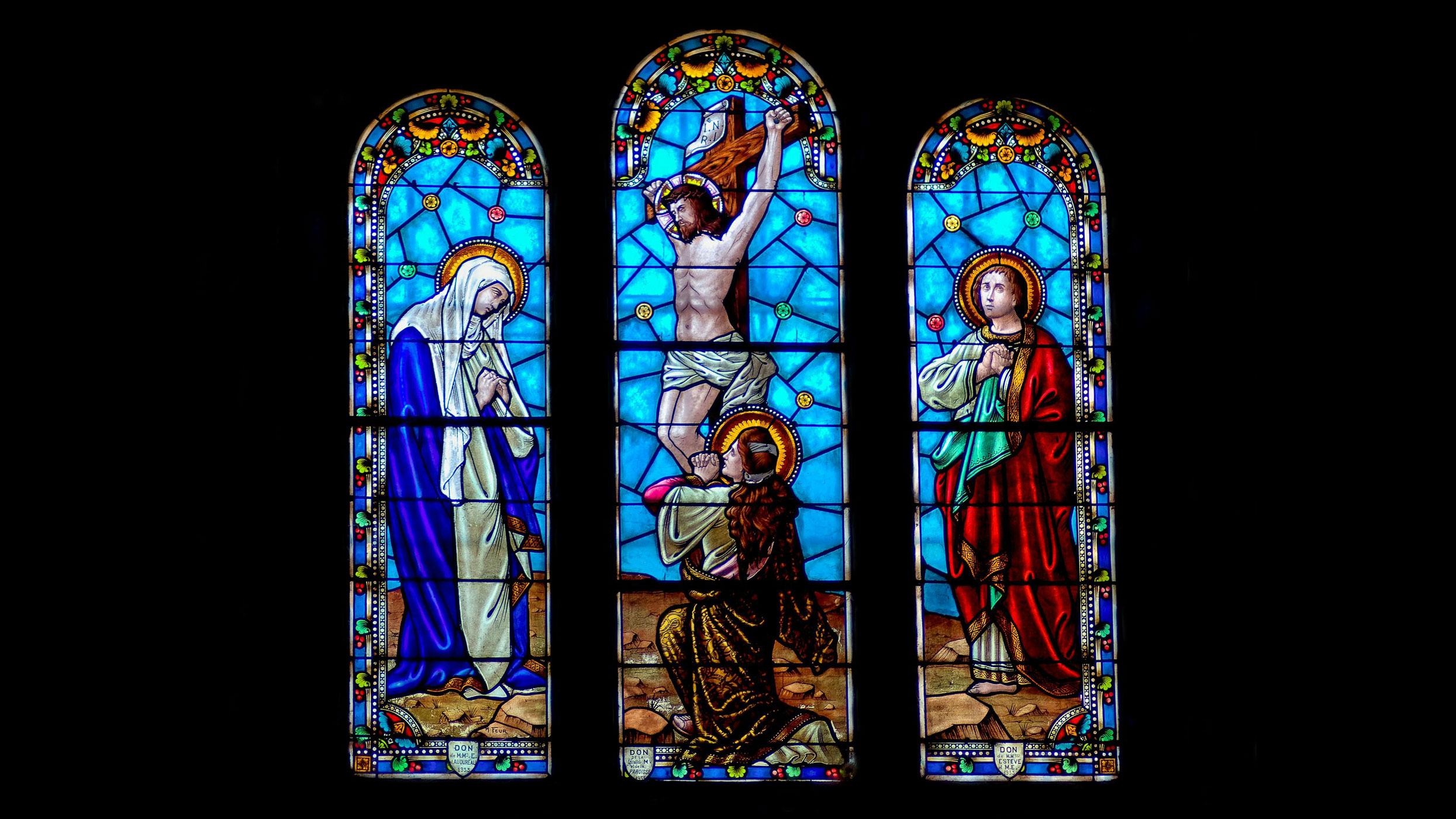More than Filial Piety: The Cross and the Birth of a New Family

John 19:26-27 is part of a broader narrative detailing the crucifixion and death of Jesus, which unfolds in five episodes: the crucifixion of “the King of the Jews” (vv. 16-22); the casting of lots for Jesus’s clothes (vv. 23-24); the interaction between the beloved disciple and Jesus’s mother (vv. 25-27); Jesus’s death (vv. 28-30); and the piercing of Jesus’s side (vv. 31-37). Jesus is identified as the King of the Jews (v. 19), and his “lifting” on the cross signifies his exaltation as king, the “saviour of the world” (4:42). Despite this kingship, unlike in other Gospel accounts (Matt 27:32; Mark 15:21; Luke 23:26), Jesus carries his own cross (v. 17). While it is well-documented in Roman literature that criminals carried their own crosses to execution, Jesus’s act carries a deeper significance, reflecting his willingness to face death. This readiness is further evidenced by his statement of thirst (v. 28), echoing his earlier question to Peter: “Am I not to drink the cup that the Father has given me?” (18:11). Both the act of carrying the cross and his thirst symbolize his acceptance of death, and the offer of sour wine highlights the world’s misunderstanding of him—while he thirsts for God’s will, he is given sour wine.
In contrast to other Gospels, where women are mentioned after Jesus’s death and described as standing at a distance (Matt 27:55-56; Mark 15:40-41; Luke 23:49), John emphasizes their presence during the crucifixion (v. 25). In Chinese culture, which values collectivism over individualism, family and community are prioritized over personal desires. Confucianism emphasizes the importance of preserving family lineage, and studies indicate that a significant majority view financial support for parents as essential for adulthood. From this cultural perspective, Jesus’s death might be perceived as a failure, as he seemingly neglects his mother’s needs, potentially leading to shame for his family.
At first glance, John 19:26-27 can be interpreted as a display of filial piety, where Jesus expresses his responsibility to care for his mother. However, the parallelism in his words to both his mother and the beloved disciple suggests a deeper theological meaning (vv. 26-27). From the cross, Jesus acknowledges his mother and the disciple, establishing a new relationship between them as mother and son. In the ancient Mediterranean context, familial bonds extended beyond biological connections. Here, Jesus redefines what it means to be family, creating a new household through his death. This theme is echoed when the risen Jesus instructs Mary Magdalene to inform his “brothers” (the disciples) of his resurrection (20:17). Jesus’s true family now consists of those who do God’s will, establishing a community among believers that transcends biological ties.
In this regard, John 19:26-27 symbolizes the inception of the new family of God. Believers in Christ are regarded not just as siblings in this new family; borrowing from Paul, they become “heirs of God and fellow heirs with Christ” (8:16–17). Through the Spirit, they are adopted into God’s family. Thus, vv. 26-27 focus less on Jesus’s perceived failure in his familial obligations and more on the larger redemptive plan of God. Through his death, believers are offered a new life within the family of God, redefining their relationships with one another as members of the same divine family in a mutual, communal bond.
The themes in John 19:26-27 then carry profound implications for Easter. Jesus’s redefinition of family and community through his sacrificial death underscores the significance of resurrection as the foundation of a new life in Christ. As believers celebrate Easter, they are reminded that they are not only heirs of God’s promise but also part of a transformative community bound by love and mutual support. The resurrection signifies the victory over death, offering hope and renewal to all who accept this new identity as members of God’s family. In this light, Easter becomes a celebration of both individual and communal rebirth, inviting believers to embrace their roles in the ongoing story of redemption.

 Dr. Yi-Sang Patrick Chan (陳義生) is the General Secretary of Hong Kong Campus Crusade for Christ. He holds a Ph.D. in New Testament Studies from the University of Aberdeen and serves as an adjunct professor at several East Asian seminaries. His academic work, focusing on shame and identity formation in Pauline epistles, aims to address the needs of Chinese grassroots communities. Patrick has extensive mission experience in various countries and, prior to his current role, served as a campus minister and pastor. Alongside his wife, Emily, a marriage and family therapist, Patrick is dedicated to equipping leaders and expanding God’s message across East Asia.
Dr. Yi-Sang Patrick Chan (陳義生) is the General Secretary of Hong Kong Campus Crusade for Christ. He holds a Ph.D. in New Testament Studies from the University of Aberdeen and serves as an adjunct professor at several East Asian seminaries. His academic work, focusing on shame and identity formation in Pauline epistles, aims to address the needs of Chinese grassroots communities. Patrick has extensive mission experience in various countries and, prior to his current role, served as a campus minister and pastor. Alongside his wife, Emily, a marriage and family therapist, Patrick is dedicated to equipping leaders and expanding God’s message across East Asia.